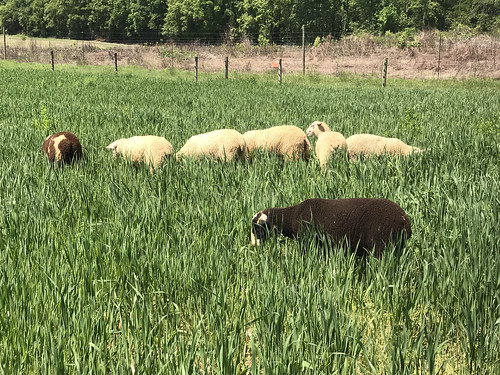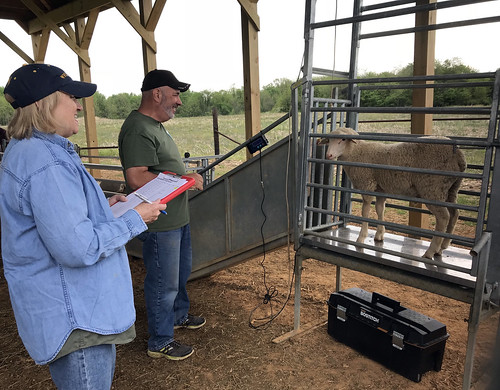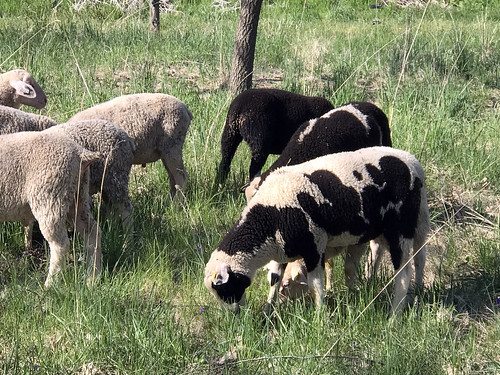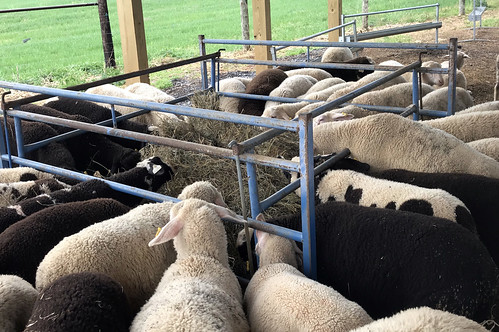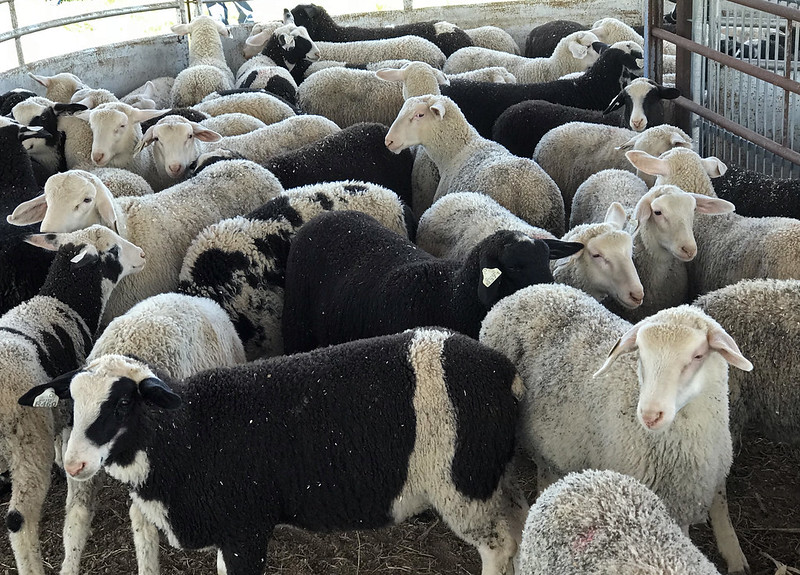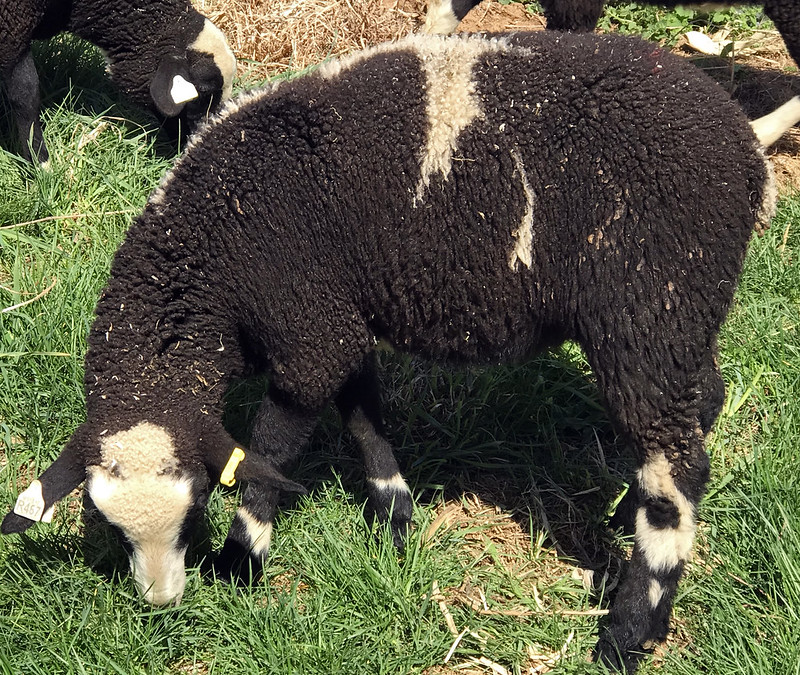Nineteen ram lambs gained 0.608 ± 0.210 lbs. per day. Seventeen short-scrotum rams gained 0.661 ± 0.145 lbs. per day. Twenty-four wethers gained 0.549 ± 0.161 lbs. per day. FAMACHA© scores were mostly 1 or 2. There were a couple approaching 3.
For the first 28 days of the project, gained ranged from 9.4 to 16.8 lbs. and averaged 16.9 ± 3.9 lbs. The median gain was 16.8 lbs. ADG ranged from 0.336 to 0.993 lbs. per day and averaged 0.605 ± 0.141 lbs. per day. The median ADG was 0.600 lbs. per day. No lamb has lost weight.
For the first 28 days, ram lambs have gained 0.592 ± 0.146 lbs. per day. Short-scrotum rams have gained 0.631 ± 0.103 lbs.per day. Wethers have gained 0.597 ± 0.161 lbs. per day.
| Sex | No. | ADG -2nd period | 28-d ADG |
|---|---|---|---|
| Ram | 19 | 0.608 ± 0.210 | 0.592 ± 0.146 |
| Wether | 25 | 0.549 ± 0.161 | 0.597 ± 0.161 |
| Short scrotum | 17 | 0.661 ± 0.145 | 0.631 ± 0.103 |
| ALL | 60 | 0.599 ± 0.177 | 0.605 ± 0.141 |
The lambs are currently grazing a five-acre paddock of spring oats. The dwarf pearl millet pasture (5 acres) was planted today. The lambs are also consuming 2 lbs. of grain per day. The grain is a balanced mixture of whole barley, soybean meal, and minerals. It is split into two equal feedings.

